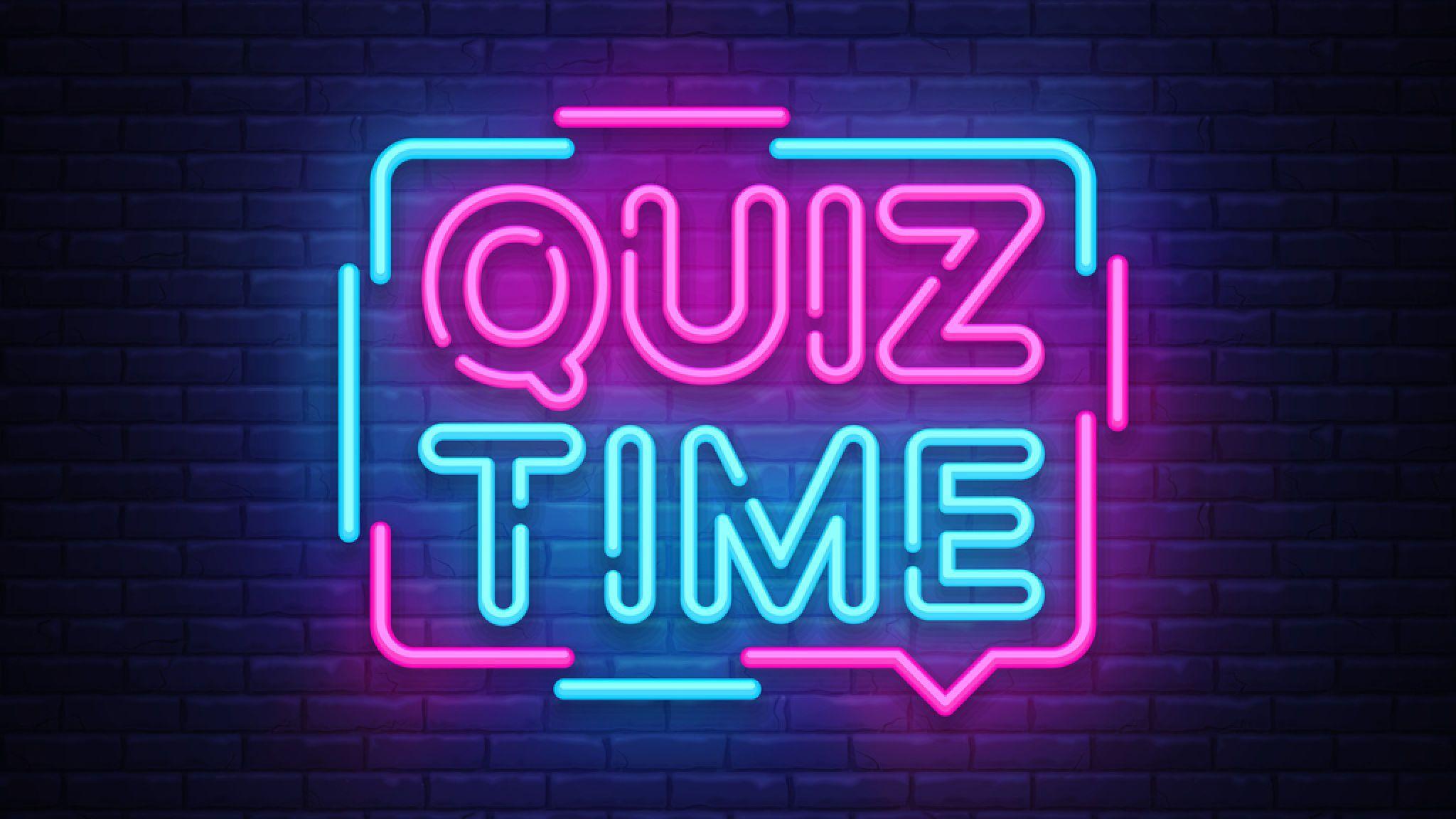Ecommerce today thrives on personalization. Customers expect more than generic product lists and want guidance, clarity, and confidence in their choices.
One of the most effective ways to meet that expectation is through interactive quizzes. When done right, a quiz creates a personalized journey that keeps shoppers engaged from the first click to the checkout.
A well-designed quiz has the power to do much more than generate leads. It can improve product discovery, reduce cart abandonment, and build stronger customer loyalty.
To achieve these results, brands need to carefully consider the structure, tone, and strategy behind every question. Let’s explore the essential elements of designing a quiz that truly drives sales.
Start With a Clear Purpose
Before drafting questions, define what you want the quiz to achieve. Are you guiding shoppers to the right product, educating them about your offerings, or collecting data to personalize future marketing? Each goal requires a slightly different approach.
For example, a skincare brand may use a quiz to recommend routines based on skin type, while a fashion retailer may guide users toward styles that match their preferences. Knowing the purpose helps you determine the tone of questions, the length of the quiz, and the type of results you’ll provide.
Keep Questions Focused and Relevant
Shoppers are willing to engage with quizzes as long as they feel their time is being respected. Questions should be short, easy to answer, and directly tied to the recommendations that follow. Avoid filler or overly complex prompts that risk frustrating your audience.
Each question should bring you closer to identifying the customer’s needs. For instance, asking about lifestyle habits can influence which fitness equipment or nutritional products you suggest. Relevance keeps users engaged and ensures they see value in every step of the process.
Balance Personalization With Simplicity
Quizzes should feel personalized without being overwhelming. Offering too many options or highly detailed questions can create fatigue. Instead, focus on a few key areas that will provide enough information to deliver accurate recommendations.
Effective personalization comes from asking the right questions, not more questions. For example, instead of asking for a customer’s entire workout schedule, you could simply ask about their fitness goals. This keeps the quiz simple while still producing targeted results that feel meaningful.
Integrate With Your Broader Marketing Tools
A quiz should not exist in isolation. To maximize its impact, connect it with your larger marketing strategy. This is where customer engagement software comes into play.
By linking quiz responses with your CRM, email platform, or ad campaigns, you can create tailored follow-ups that reinforce the recommendations given.
For example, if a customer receives a product suggestion but doesn’t buy immediately, an automated email can remind them of their personalized results and offer an incentive. The integration ensures the quiz continues to generate value long after the first interaction.
Make the Experience Visually Engaging
Design plays a major role in quiz success. The layout should be clean, mobile-friendly, and visually consistent with your brand. Using imagery, icons, or even subtle animations can make the experience more inviting and easier to follow.
Visual cues also help guide decision-making. For example, showing product images as response options can spark interest and make the results feel more natural. The more visually engaging the quiz, the more likely users are to complete it and share it with others.
Provide Results That Add Value
The results of the quiz are where the magic happens. They should feel thoughtful, personalized, and genuinely helpful. Avoid generic outcomes that make customers feel like the quiz was a marketing trick.
Strong results include clear product recommendations, explanations of why they’re a good fit, and sometimes additional tips or resources.
For instance, a haircare quiz might suggest a shampoo and conditioner but also provide advice on how to use them effectively. This extra layer of value builds trust and encourages conversion.
Encourage Sharing and Social Proof
A well-crafted quiz has viral potential. When people enjoy their results, they often want to share them. Adding easy sharing options for social media platforms can extend the reach of your quiz and attract new customers.
You can also use quiz results to highlight popular choices or trends. Sharing insights such as “most people chose this option” provides a sense of community and validates the customer’s decision, reinforcing their confidence to purchase.
Test, Refine, and Evolve
No quiz is perfect on the first try. Use analytics to track completion rates, drop-off points, and conversions. This data helps you refine the quiz by adjusting questions, shortening steps, or improving results.
As your product line or audience changes, your quiz should evolve too. Regular updates keep it fresh, relevant, and accurate. Testing new approaches ensures the quiz continues to be a reliable sales tool rather than a forgotten feature on your site.
Build Trust Through Transparency
Finally, transparency is key to creating a quiz that customers feel comfortable using. Make it clear how their answers will be used and assure them that the goal is to provide a better shopping experience.
When customers trust your brand, they’re more likely to engage fully with the quiz and act on the recommendations. Trust not only boosts conversions but also helps build long-term loyalty, ensuring your quiz remains a valuable asset for years to come.


